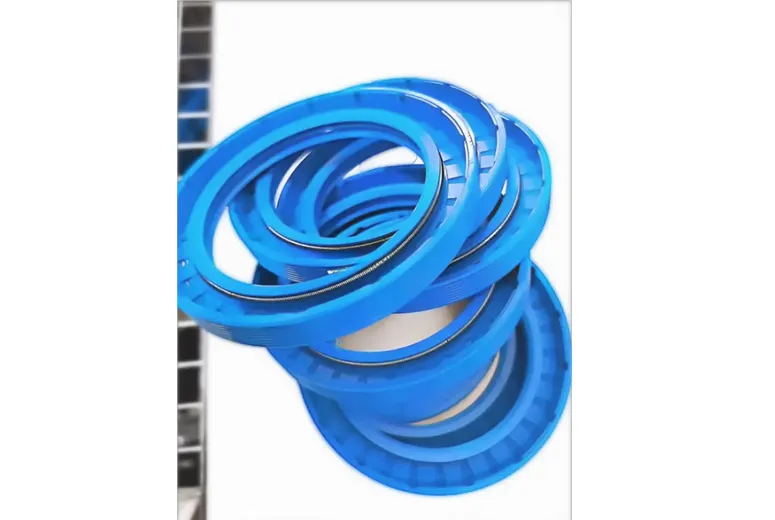mica powder ingredients
Understanding Mica Powder Ingredients and Uses
Mica powder has gained immense popularity in various industries, particularly in cosmetics, arts and crafts, and even food. Known for its shimmering, reflective properties, mica powder is a mineral-based product derived from the mica mineral, which is found in nature and extracted from rock formations. This article will delve into the ingredients, applications, and benefits of mica powder, shedding light on why it has become a staple in so many fields.
Composition of Mica Powder
Mica powder primarily consists of mica, a group of silicate minerals that include phlogopite, muscovite, and biotite. These minerals are characterized by their layered structures, which allow them to be split into very thin sheets. When processed into a fine powder, mica exhibits a striking pearlescent finish that reflects light beautifully. Mica is chemically inert and non-toxic, making it a safe ingredient for various applications.
The powder can come in various colors, depending on the type of mica and the additional pigments used during processing. The colors can range from natural white and beige tones to vibrant shades of blue, green, red, and gold. These colors are usually derived from the natural mineral or enhanced with safe, cosmetic-grade dyes to create an array of vivid and appealing hues.
Additional Ingredients
While mica powder itself is a key ingredient, many formulations incorporate other components to enhance its properties. In cosmetics, for instance, mica is often mixed with other minerals like titanium dioxide or zinc oxide, which serve as sunscreens or to improve finessing results in makeup. Some formulations may also include sericite, a finer grade of mica known for its silky texture, which helps to achieve a smoother finish in products like loose powders and foundations.
When it comes to crafts, such as resin art or soap manufacturing, mica powder may be blended with various binders and carriers. These can include glycerin for soaps, epoxy resin, or even water to dissolve the mica powders for easier application. Additionally, when using mica in food products, it's crucial to ensure that the colorants and additives are food-grade and safe for consumption.
Uses of Mica Powder
mica powder ingredients

1. Cosmetics
One of the most common applications of mica powder is in the cosmetics industry. Mica is a transformative ingredient in makeup products, giving them a natural glow. It is widely used in foundations, eyeshadows, highlighters, and blushes. The light-reflective properties of mica help to diffuse light and minimize the appearance of imperfections, making it a favorite among makeup artists and consumers alike. Its ability to blend seamlessly with skin tones while imparting a shimmery finish makes it a versatile choice for cosmetics.
2. Arts and Crafts
Mica powder is also a popular choice for DIY enthusiasts and artists. Its vibrant colors and unique textures create dazzling effects in various crafts, from resin art to painting. Mica powder can be mixed with mediums like acrylic paint, resin, and clay to add an iridescent touch to various projects. In soap making, it offers an aesthetic quality, providing a swirl of colors that can elevate the visual appeal of handcrafted soaps.
3. Food Industry
Interestingly, mica powder finds a niche in the food industry as well. Edible mica powders, also known as luster dust or edible glitter, are used to enhance the appearance of baked goods, chocolates, and confections. They add an eye-catching shimmer to cakes and pastries, making them more appealing to consumers. Similar to cosmetics, these food-grade powders are safe for consumption and compliant with food safety regulations.
Benefits of Mica Powder
Mica powder's popularity can be attributed to several factors. Firstly, its natural origins make it a desirable ingredient in an increasingly eco-conscious world. Secondly, its versatility allows for a wide range of applications, ensuring that it appeals to manufacturers in multiple sectors. Finally, mica powder’s safe, non-toxic nature makes it suitable for use on skin, in crafts, or even in food without adverse effects.
In conclusion, mica powder is a remarkable ingredient with a myriad of applications across various industries. Its natural beauty, reflective properties, and versatility make it an essential component in cosmetics, arts and crafts, and even food. With its origins steeped in nature and its benefits widely recognized, mica powder will undoubtedly maintain its place as a cherished ingredient for both consumers and creators alike.
-
Transforming Surfaces with Mica-Enhanced Paints in Coatings and DecorationNewsJul.02,2025
-
The Ultimate Guide to Mica-Based Luminous Colors with Pearlescent PigmentNewsJul.02,2025
-
The Critical Role of Mica in Industrial Applications in Welding and Oil FieldsNewsJul.02,2025
-
Revolutionizing Automotive Aesthetics with Modified Plastics Pearlescent PigmentsNewsJul.02,2025
-
The Secret with Mica Powder for Cosmetics Behind Radiant, Natural MakeupNewsJul.02,2025
-
Enhancing Performance in Polymer Applications with Mica Powder for RubberNewsJul.02,2025
Products categories









